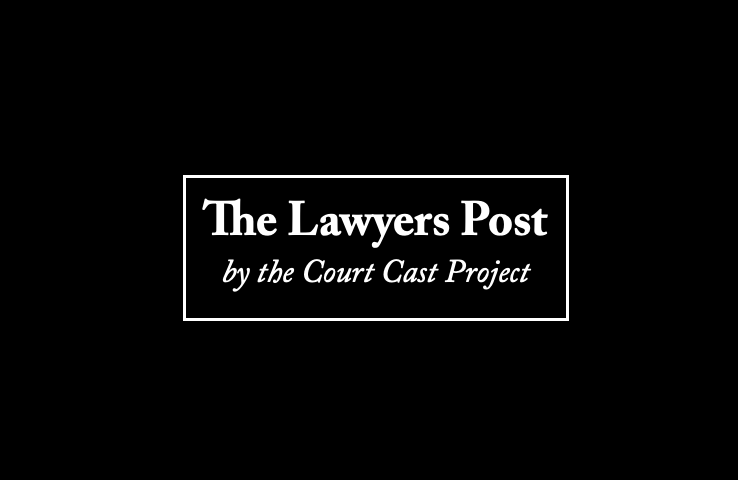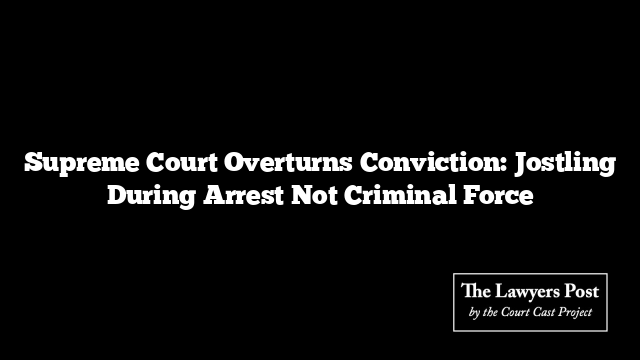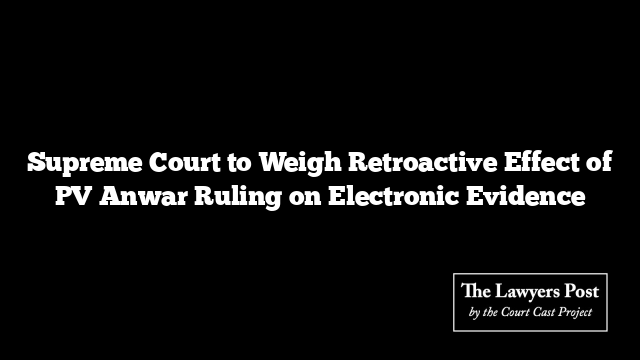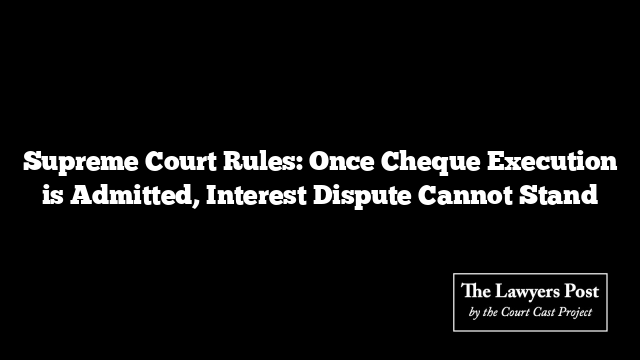In a landmark decision, the Supreme Court has overturned a conviction under Section 353 of the Indian Penal Code, 1860, clarifying that jostling and pushing while attempting to evade arrest does not constitute criminal force.
On August 12, the Court reviewed an appeal challenging the Madhya Pradesh High Court’s October 2009 ruling, which had upheld a conviction and a fine of Rs. 1000 against the appellant. The case originated from a corruption complaint involving the President of a committee overseeing the construction of an Education Guarantee Building. The appellant, who was investigating the complaint, was accused of soliciting a bribe of Rs. 500 from the complainant.
When the complainant reported this to the police, a trap was set to catch the appellant in the act. The prosecution alleged that the appellant, in collusion with his wife, used criminal force to obstruct the police officers executing their duties.
The Supreme Court examined Section 353, which outlines penalties for using criminal force against public servants to prevent or deter them from performing their duties. The Court noted that proving criminal force requires demonstrating intentional harm or obstruction.
Reviewing the evidence, the Court found that while the appellant and his wife resisted arrest, the injuries sustained by the police officers could not be definitively linked to criminal force by the appellant. The medical reports suggested that the injuries could have been caused by blunt objects, but there was no evidence that the appellant used such objects.
The Court concluded that the appellant’s actions—jostling and pushing—did not meet the criteria for assault or criminal force under Section 353. Instead, the appellant’s attempts to evade arrest were deemed insufficient to establish criminal intent.
Justices B.R. Gavai, K.V. Vishwanathan, and N.K. Singh emphasized that the evidence did not support the application of Section 353 and noted the absence of charges under Section 186 of the IPC, which deals with obstructing public servants.
The decision underscores that resistance during an arrest, without intent to assault, does not equate to criminal force, reaffirming the necessity of clear evidence to substantiate such serious charges.





